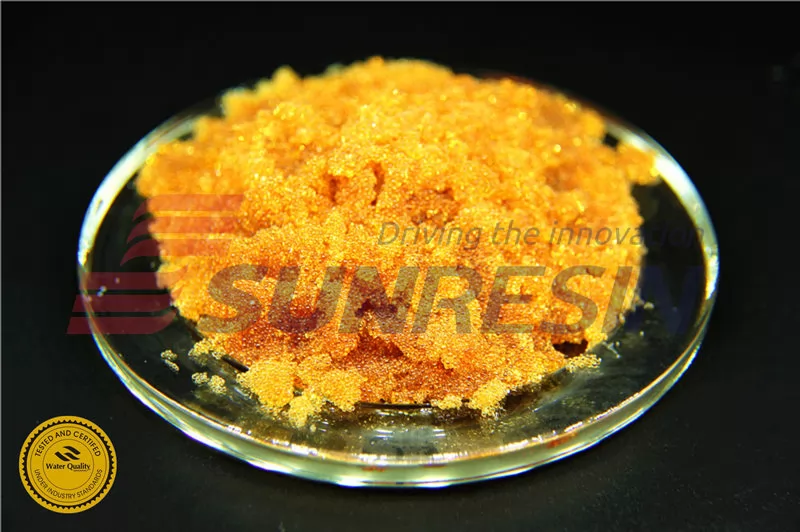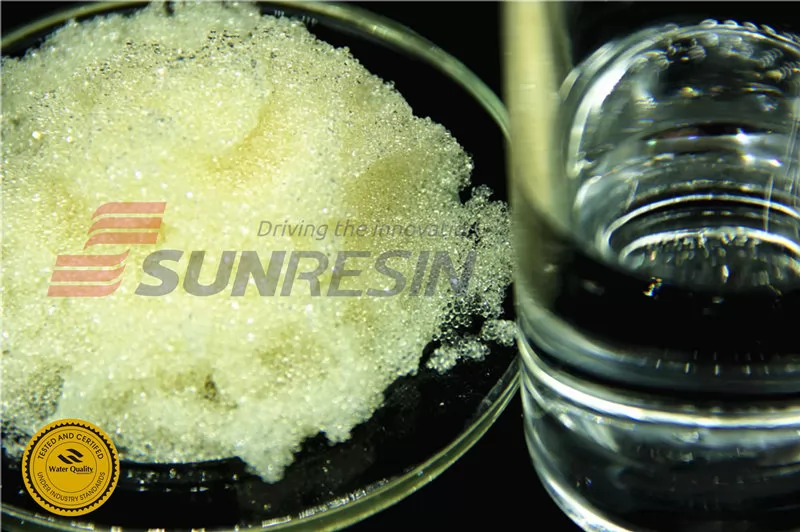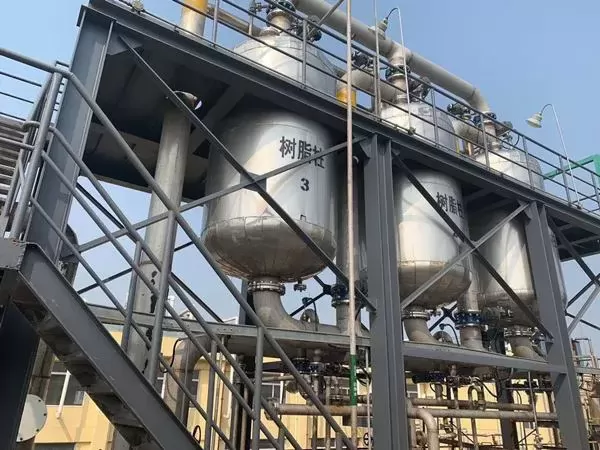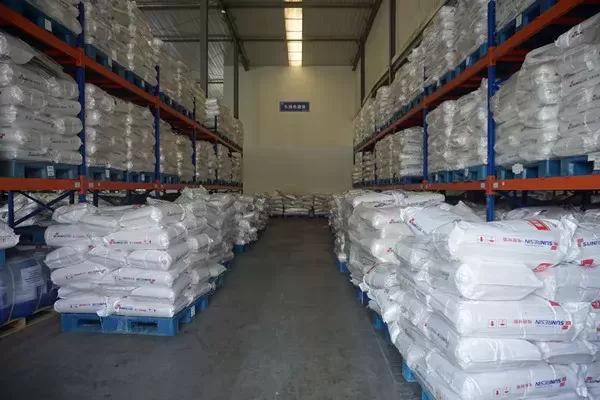● Comparison of Reverse Osmosis and Ion Exchange
1. Efficiency and effectiveness
When it comes to water treatment, both reverse osmosis (RO) and ion exchange are popular methods. RO is highly effective in removing a wide range of contaminants, including dissolved solids, heavy metals, and bacteria. On the other hand, ion exchange is particularly efficient in removing specific ions like calcium and magnesium that cause hardness in water. The choice between the two methods depends on the specific water quality issues you are facing.
2. Cost analysis
In terms of cost, reverse osmosis systems tend to be more expensive upfront due to the complex filtration process. However, they require less maintenance and have lower operating costs in the long run. Ion exchange systems may have lower initial costs but can be more expensive to maintain over time due to the need for regular resin replacement.
3. Maintenance requirements
RO systems generally require less maintenance compared to ion exchange systems. RO membranes need periodic cleaning and replacement, while ion exchange resins need regular regeneration or replacement. The maintenance frequency and costs depend on factors such as water quality, usage, and system design.
In conclusion, both reverse osmosis and ion exchange have their advantages and are effective in different scenarios. It's essential to assess your specific water treatment needs, budget, and maintenance capabilities before choosing the most suitable method for your business or household.
● Factors to Consider in Choosing Between Reverse Osmosis and Ion Exchange
When it comes to water treatment systems, two popular methods are reverse osmosis (RO) and ion exchange. Both have their pros and cons, so it's important to consider a few factors before making a decision.
The first factor to consider is the quality and composition of the water you need to treat. Reverse osmosis is highly effective in removing impurities like bacteria, viruses, and dissolved solids. It can produce clean and pure drinking water. On the other hand, ion exchange is more suitable for water softening, removing minerals like calcium and magnesium that cause hardness.
If your main concern is removing impurities from your water supply, reverse osmosis might be the better choice. However, if you're dealing with hard water issues, ion exchange can help eliminate scale buildup and improve the taste of your water.
It's important to test your water and understand its specific needs before deciding on a treatment method. Consulting with a water treatment professional can also provide valuable insights into which method is best for your situation.





















